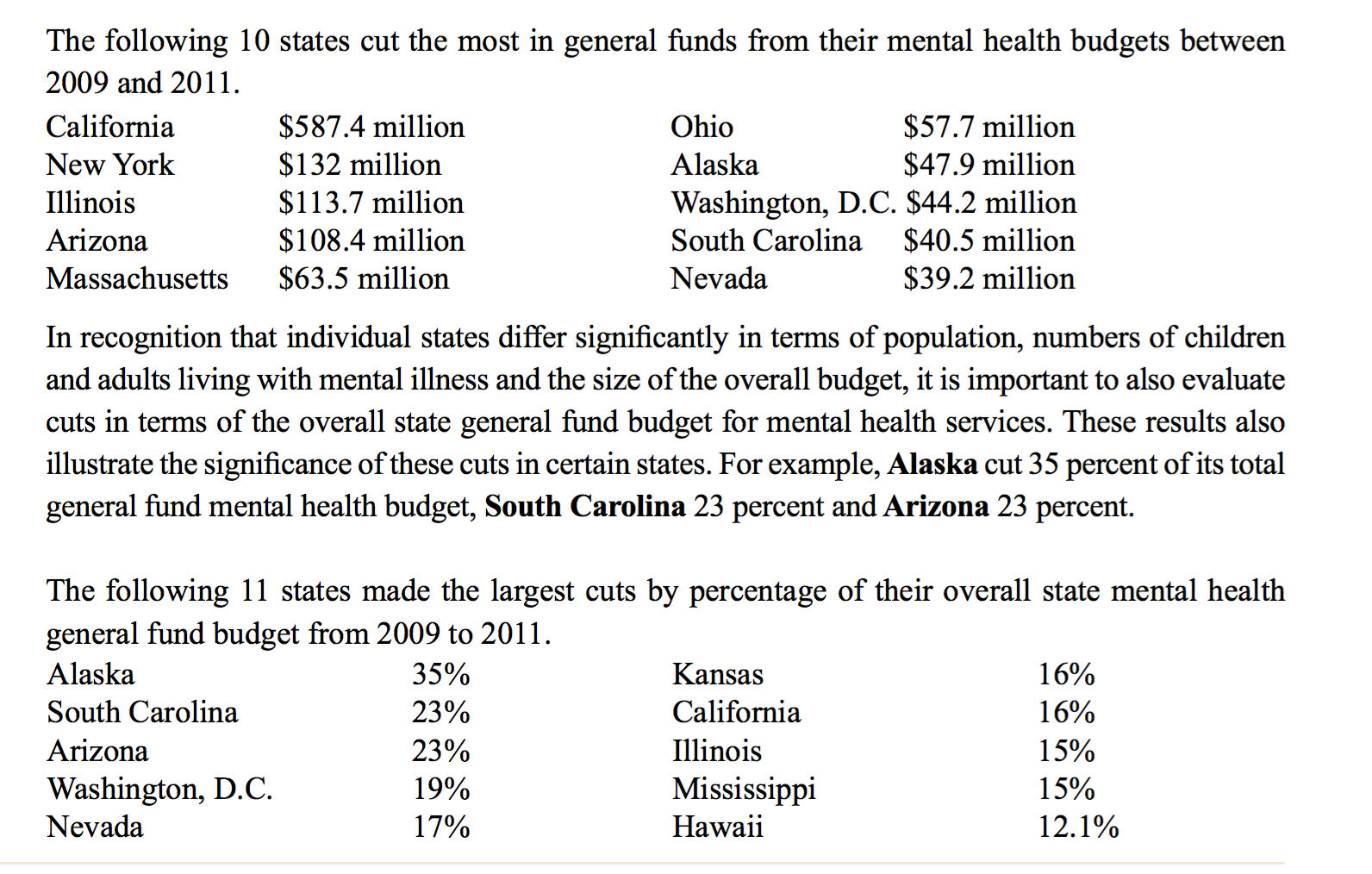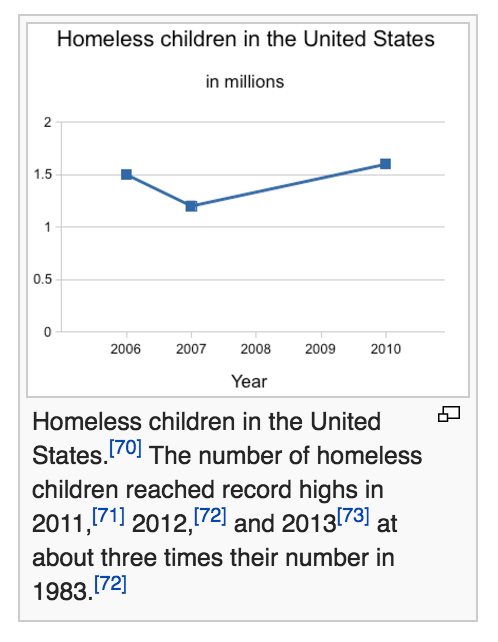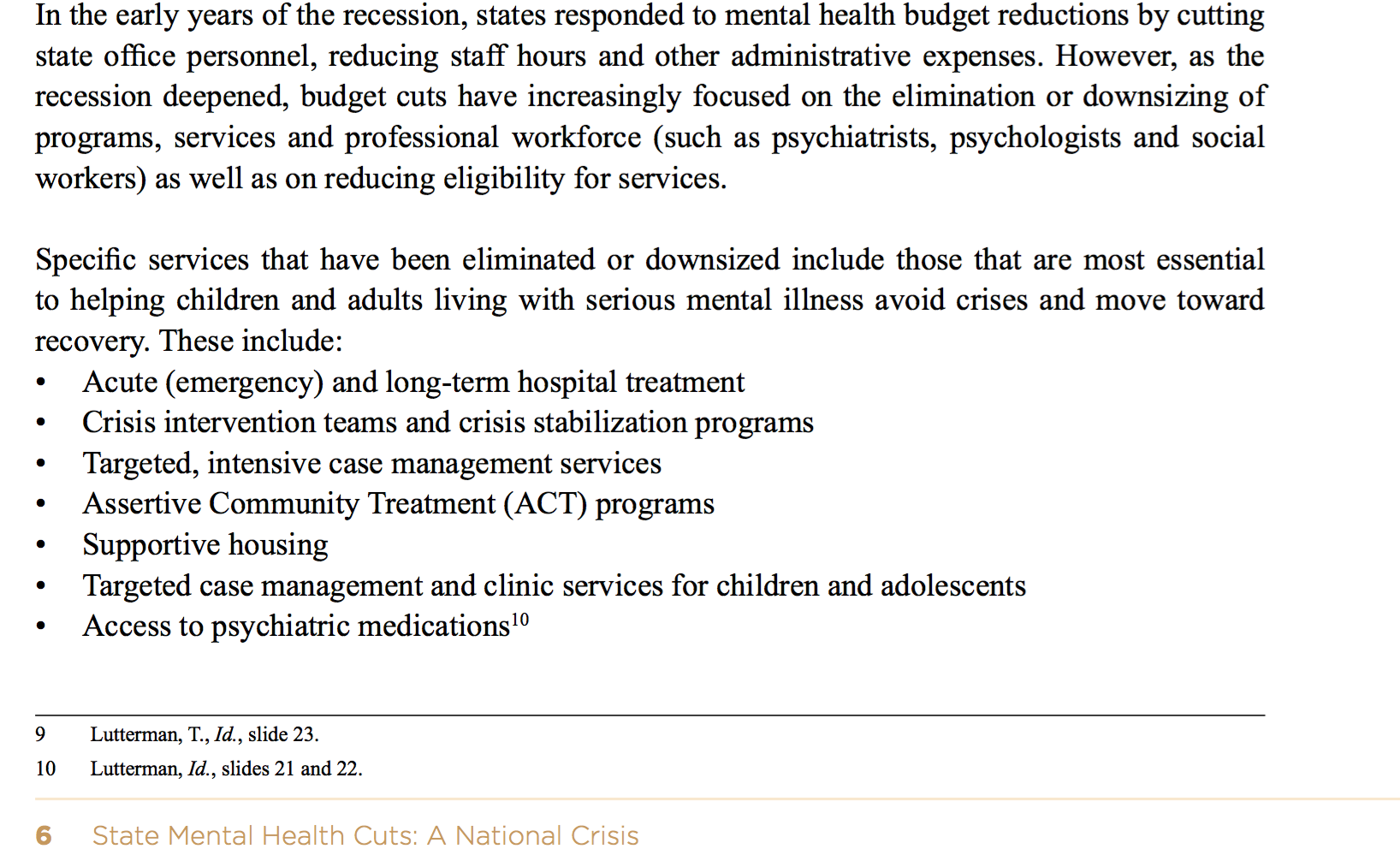Think about the caterpillar morphing into the butterfly, a beautiful analogy for change in the spiritual sense. We all feel like a caterpillar at times, an ugly, undeveloped self (I personally don’t think caterpillars are ugly, I think they’re kinda cute in their pudgy way!). We all want to be the butterfly, the gorgeous finished product, flying about in grace and beauty, experiencing bliss everywhere we go. We all want to be seen as beautiful, respectable, and lovely. How do we get to that? It isn’t so easy, some would say.
We see people who have become the finished product, a successful, beautiful, powerful human being who has it all together. We all see people who we respect, admire and wish we were like, right? However, those people did not come into it without a lot of work on themselves spiritually, emotionally, mentally and physically.
We all want to be the butterfly, but do we really want to go through the process that it takes to become that? There is a molting period, a liquification of self that is part of that process of going from the form of caterpillar to butterfly. It doesn’t necessarily look like a pleasant process, morphing into another form. Literally there has to be a breakdown of the first form, a dissecting or dissolution process, and then there is room in reality for the new form to be born.
It is a death and birth process, and both of those processes tend to be messy, dramatic, and difficult in their own respects. When you do both together, it gets even messier and more difficult! Death and rebirth at the same time are a superb event indeed.
Think about what you see in yourself as the caterpillar, the undeveloped and “first form” type of self. You might be all caterpillar in your opinion, or some percentage of caterpillar versus a percentage of butterfly. Perhaps you’ve been working on yourself for quite a while and you already transformed some parts of yourself that were “ugly” or undeveloped before now. Perhaps you feel like you might even be getting close to being a butterfly. Just examine where you think you are in the morphing process of the death of the old self and the birth of the new self.
Truly, the new self was always there, just as the butterfly was always there in the caterpillar. It isn’t visible before the transformation, but the blueprint and the potential was always there and present. I think of the new self as the eternal, deeper self, the You that was always present, even as the idea of yourself as a human seemed to take precedence for a while in the first part of your life.
The eternal self that you are is the butterfly, and it was always there. It isn’t born or created, it is only the idea of being a human version of self as the sole identity, the caterpillar, that needed to be liquefied and disintegrated. Then the already present butterfly underneath the illusion can emerge from the cocoon of change.
What is your version of the cocoon? What is your version of the cauldron or catalyst for change? How is it that you are disintegrating the idea that you are just a human, mortal self with a specific name and identity? How are you molting into the new form, seeing yourself as immortal and eternal self? How are you becoming aware that you are consciousness dreaming itself to be a specific human with a certain collection of experiences? Your cocoon of change is unique to you, and you are inside it, searching, seeking, and spiritually growing.
I would encourage you to simply stop and be the butterfly that you already are. Stop all the figuring, strategizing, fixing of yourself, and all the searching. You are already what you want to become. All you have to do is literally “drop” the old form, the old ideas of self and step out of who you think you are for just a moment. It is only a matter of readjusting your perceptions of who you think you are in the journey between caterpillar to butterfly.
It doesn’t actually take work or effort on your part to become the new self. The caterpillar does not “work” to become the butterfly. It doesn’t “do” anything! It simply waits for the old form to drop away, being patient while the discomfort of dissolution happens, if it is uncomfortable at all. Maybe it’s not.
Maybe it is us who makes the morphing process so difficult. We are so mind focused as a species and it might well be ourselves who are interfering with how easy the process of letting go of the old form. We can simply let it fall away, but in our own minds we find that hard to be at ease with. We have to make it hard and uncomfortable, for some reason.
Discomfort and difficulty might not be the nature of the process of transformation at all. Perhaps the period of transition from caterpillar to butterfly is not that difficult. Perhaps it is a state of bliss and relaxation for the caterpillar as it becomes the butterfly.
I encourage you to look at how you might be interfering with your own process of transformation from the old self to the new self. Perhaps it would be so much easier if you just rest your mind, don’t try to fix anything, and simply be present in the moment in a relaxed state of mind, patient with the process of the old falling away and the new showing up. It doesn’t have to happen overnight, and perhaps that is where much of your dissatisfaction with the process is coming from. You want the butterfly to be in full flight already, but there is a period of dissolution and resolution still happening. You can’t rush that process.
Be patient. The butterfly-you is present and already perfect, already formed. All you have to do is relax, drop the old stories and identities, and simply let your eternal nature emerge. It is actually very simple. Sure, some of your old caterpillar ways might reappear and assert themselves now and then, but you can always redirect your awareness back into the butterfly-you at any and all times.
You could think of the human condition as the caterpillar, and the eternal self that you are as the butterfly. Both exist, both have form in the same lifetime, and you are able to switch back and forth between both of those forms. The goal is to rest in the butterfly version of self more often than you might now, but that comes. It is a lifelong goal, a lifelong period of readjustment.
Be at peace. You do not have to fix everything in your personality. That all becomes “fixed” automatically when you shift your point of view into that of the eternal self rather than that of the struggling human. You do not have to find anything that you don’t know about already, it is all there inside you. It is innate knowing within you. All you must do is relax and let the butterfly come forth. It is already here, present and completely whole. Simply drop the old forms and ideas, the old ways of being, and the new you is already here, fully functional and present.







 For children, divorce can be stressful, sad, and confusing. At any age, kids may feel uncertain or angry at the prospect of mom and dad splitting up. As a parent, you can make the process and its effects less painful for your children. Helping your kids cope with divorce means providing stability in your home and attending to your children’s needs with a reassuring, positive attitude. It won’t be a seamless process, but these tips can help your children cope.
For children, divorce can be stressful, sad, and confusing. At any age, kids may feel uncertain or angry at the prospect of mom and dad splitting up. As a parent, you can make the process and its effects less painful for your children. Helping your kids cope with divorce means providing stability in your home and attending to your children’s needs with a reassuring, positive attitude. It won’t be a seamless process, but these tips can help your children cope. Support your children by helping them express emotions, and commit to truly listening to these feelings without getting defensive. Your next job is reassurance—assuaging fears, straightening misunderstandings, and showing your unconditional love. The bottom line: kids need to know that your divorce isn’t their fault.
Support your children by helping them express emotions, and commit to truly listening to these feelings without getting defensive. Your next job is reassurance—assuaging fears, straightening misunderstandings, and showing your unconditional love. The bottom line: kids need to know that your divorce isn’t their fault.
The Classroom of the Future
The Physical Space
The days of classrooms where a teacher desk sits at the front of the classroom and students’ desks are neatly aligned in rows are over. Learning technologies, and changing pedagogical methods, are not only changing the way we teach but also the physical environments we teach in. The role physical environments play in our learning is just beginning to be studied and understood. Akinsanmi (2011) asserts that “there is little research on the role the physical environment plays in the learning process” but more and more educations theorist and psychologists are beginning to offer perspectives “from which designers can conceptualize the creation of an optimal learning environment” (The Optimal Learning). One thing that is clear from the research of the physical spaces which make up learning environments is that current classrooms seldom facilitate 21st century learning.
Image taken from: http://rliberni.wordpress.com/2010/05/26/ideal-classroom-design-for-21st-century-learning

A study done by the Herman Miller Company (2011) on adaptable spaces and their impact on learning identified four key constructs that affect student learning; Basic Human Need, Teaching, Learning, and Engagement. Herman Miller assert that there is a “pedagogical value of a comfortable chair” and that by “recognizing the impact that physical comfort has is support of pedagogy, and designing flexible, comfortable learning spaces enhances the experience of both faculty and students.” When classroom furniture is easily moved to allow for comfort and practicality students’ learning experience was heightened with increased seating comfort (32%), being able to clearly understand the professor (14%), and view materials (17%). Besides students being better serviced by redesigned and malleable classrooms educators also reported the benefits of increased lighting, better access to internet connections, improved ability to hear students and having more whiteboard space (p. 3,5).
The research summary also highlighted the fact that with regard to teaching “emerging discoveries about how people learn, rapid advancements in technology, and heightened awareness of student expectations” were what caused the most pedagogical changes and in order for teachers to take advantage of these changes teaching spaces must be able to utilize new technologies and have classroom “flexible enough to accommodate different teaching styles”. Adaptable learning spaces also better facilitate learning especially since the “meaning of knowing has shifted from being able to remember and repeat information to being able to find it use it and contextualize it.” Marc Presnsky describes how students no longer prefer large lecture halls and instead desire learning spaces that “allow them to get to know one another, engage in dialogue, work independently or in groups on projects…get or provide private feedback [and] seek a collaborative environment that fosters understanding and learning” (Herman Miller Company, 2011, p. 5-6). Prensky’s quote perfectly illustrates why classroom spaces should no longer be static but should be easily adaptable to fit whatever activity or pedagogical method the teacher chooses to deliver that day’s lesson in.
Lastly adaptable learning spaces make it easier to engage students by allowing for the quick and easy configuration of classrooms to facilitate different kinds of activities. Students who participated in classes held in classrooms designed around adoptable spaces ideas reported being 24% more engaged in class and 23% more likely to feel that communication was better facilitated while teachers describded how it was easier to integrate teaching methods (22%), easier to use technology while instructing.The figures below are also taken from the study and show just how effective adaptable spaces are.
“Additional insights came from evaluating faculty and student perceptions about
collaboration and fostering a sense of community or belonging within the Learning
Studio. Students reported they are:
• 16% more likely to feel comfortable asking questions
• 28% more likely to be able to conduct group work
• 20% more likely to feel the classroom presents the appropriate image for the college
• 22% more likely to feel valued
The results from faculty were even more supportive. Faculty members are:
• 32% more likely to agree that collaboration between students is better
• 24% more likely to agree that collaboration between faculty and student is better
• 44% more likely to believe the Learning Studio conveys the appropriate image
• 47% more likely to feel valued (Herman Miller, 2011, p.8-9)”
Classrooms designed using adaptable learning spaces adhere exactly to what Askinsanmi described as removing “the focus from the teaching wall and creating the ambiance of a favorite grandma’s living room, thereby providing an emotionally safe, comfortable and visually stimulating environment” (p. 6). When students are comfortable, sitting in a room that they feel caters to their needs they are more willing and able to learn. Hopefully as our ideas about how to instruct students continue to change and evolve so will the way we setup and decorate our classrooms.
Below is a diagram taken from Herman Miller Company Research Summitry which illustrates student and facility experience in physical learning spaces.
Below are two pictures showing some of the learning spaces described by Herman Miller.
Both images taken from: http://www.hermanmiller.com/discover/tag/cetld/
The Pedagogical Place
Besides the physical layout of the classroom changing so will the tools we use to instruct students. As Heather Edick asserts “there is increasingly sophisticated technology to come” which will benefit teachers “in terms of resource management and the opportunity to tap sources of knowledge that would not have been available because of geographical barriers” (Edick, Visions of the). Besides technology’s increased use in the classroom of the future another major change “is an emphasis placed on learning models that support the active construction of knowledge and skills.” Instead of educational environments and instruction being passive “there has been a shift…to environments in which the learner actively explores the world and constructs their own internal models of understanding (Classroom of the, 2006).” Classrooms of the future will no longer be little factories where we “can find teachers encouraged (and often compelled) to mass produce learning and marginalize the differences in aptitudes, interests, and abilities” which no longer “prepare students for the fast changing global society they will inherit” (Fielding, Lackney, Nair, 2011).
The Human Computer Interaction Lab (2006) completed a study which anticipated the development of “new embedded technologies that can be a seamless part of any physical object in schools” which can then be used to support learning” (Classroom of the). One example of technology being used to facilitate learning when it is viewed as a “constructive and social activity” is the internet. As the internet “increasingly gained in popularity as a communication channel” and Web 2.0 applications become more common “attention switched to social interaction and its relevance for learning” (Mäkitalo-Siegl, 2010, p. 3). An example of this might be students using a curation tool such as Paper.li to sort and evaluate information before sharing it with others or collaborating on a Wikispace page with another student, both of which focus instructions on the active construction of knowledge and building communities and social interaction. In the classroom of the future technology will no longer limit collaboration and community thinking solely to the inside of the classroom but will allow for these activities to occur outside the classroom in the real world. Students could learn Chinese “using a large HDMI monitor and High Definition sound system, along with a web connection…[and instructors] could take them on virtual field trips once a month, wearing a wen camera that shows students sites, such as the Wall of China” while also allowing them to practice their Chinese with native speakers (Edick, Visions of the).
In addition the classroom of the future will facilitate learning by using technology-enhanced objects while also “building communities in virtual and physical learning spaces.” By embedding technology into “familiar every-day devices” it makes the technologies easy to use while also turning them “into tools for effective and motivating learning.” An example of this might be having students complete concept maps on a whiteboard or laptop or by having students use StoryTable to collaborate while making a story. An example of a “knowledge-building community” existing both inside and outside of the classroom is a project called CIPHER (Communities of Interest to Promote the Heritage of European Regions) which “constitutes a multidisciplinary community in the field of digital cultural heritage.” The project uses “advanced technology and the digital tools applied in the creation, recording, and preservation of cultural heritage…[with] collaboration taking place between different groups and communities, such as universities, local schools, and museums” to produce the artifacts used in the project (Mäkitalo-Siegl, 2011, p. 5-7). A classroom designed to allow this kind of learning would need space for collaboration to occur, access to the technologies that allow for the creation of artifacts and would look remarkably different from the look of most classrooms today.
The classroom of the future might also be paper free as laptops and other educational technology allow for the elimination of paper. As laptop and tablet computers become cheaper in the near future instead of teachers copying handouts and exams to give to students they will be ‘pushed’ online to students. All students will carry laptop computers which will include textbooks, eliminating textbooks, heavy backpacks and lockers, while also making for a cleaner classroom environment. The use of laptops and tablets could also allow for students to keep electronic portfolios enabling them to “add comments and reflections based on an artifact at any time.” The portfolios could also be used during parent teacher conferences by allowing the teacher to share students portfolios “via SMART board or a tablet and explain the student’s progress to the parents using the portfolio” (Edick, Visions of the).
The classroom of the future is a space, both physically and pedagogically, in flux. The physical spaces which make up the classroom, the educational technologies we use, and the teaching pedagogy we subscribe to are not static and as educators it is critical for use to continue learning about what the classroom of the future will look like. No matter what state or country we teach in these changes will affect us all. As Makitalo-Siegal et al (2010) assert “teachers themselves should be more open to new pedagogical models and the development of technology as well as be willing to regularly update their knowledge by participating in in-service education and reading current research literature” (2010, p.7).